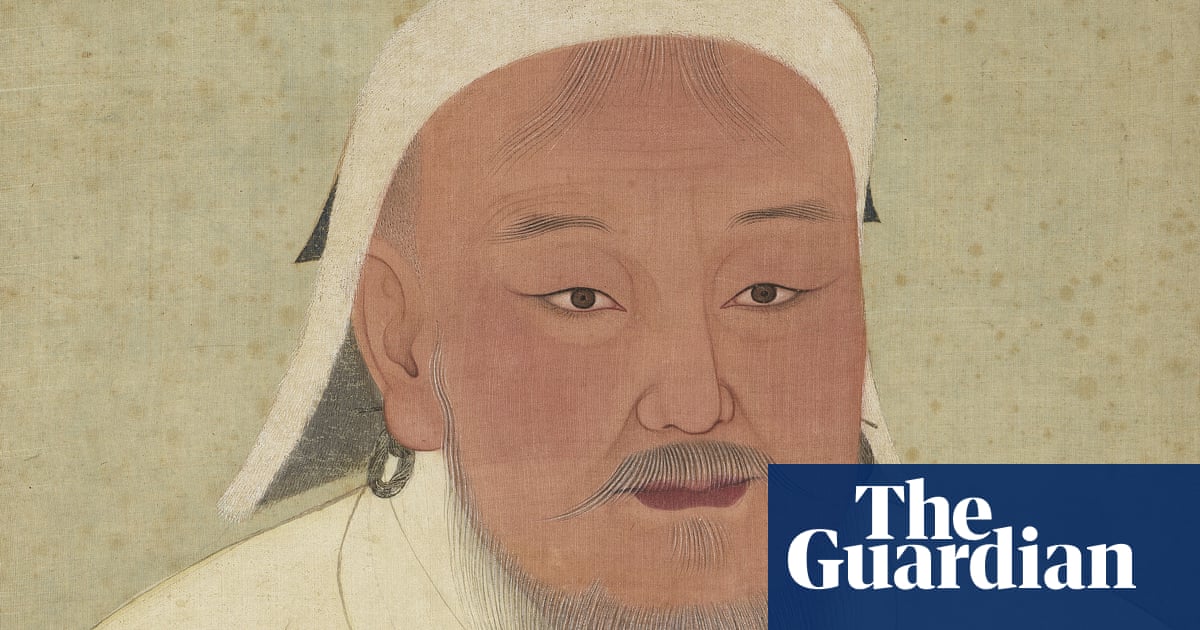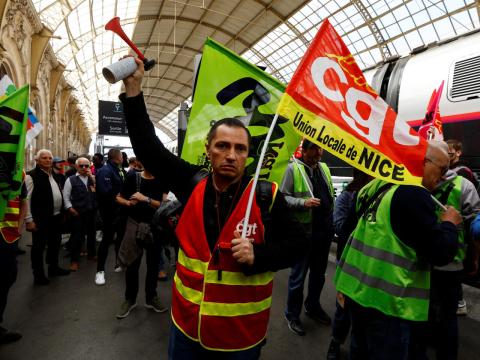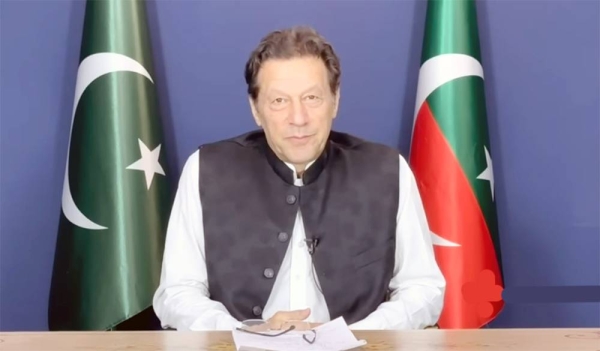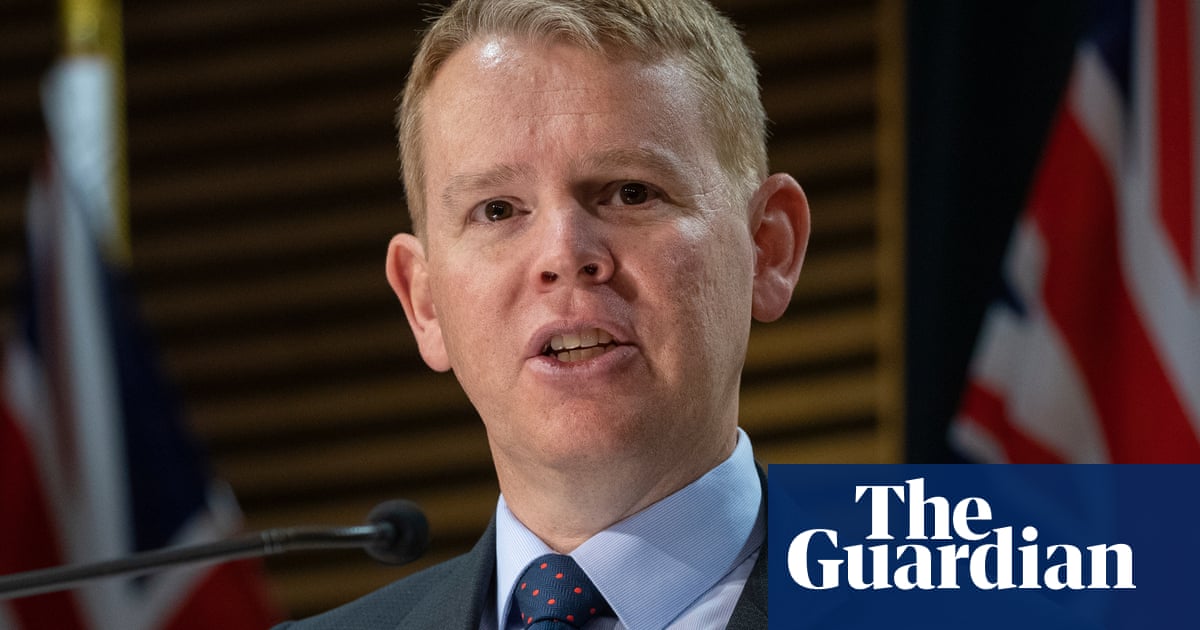
It was a major cultural row between France and China, prompting a history museum to pull the plug on one of its most important exhibitions of the decade accusing the Beijing authorities of interference and trying to rewrite history.
But now the Chateau des ducs de Bretagne history museum in Nantes has finally opened its blockbuster exhibition on Genghis Khan and the Mongol empire, with large crowds queueing to see hundreds of objects that have never been shown in Europe, some dug up by archaeologists only three years ago. It is part of a new modern reading of the geopolitical importance of the vast continental empire.
The exhibition, Genghis Khan: How the Mongols Changed the World, is the first French show about the warrior ruler, who by the time of his death in 1227 ruled over an empire that stretched from the Caspian to the Pacific, four times the size of Alexander the Great’s and twice the size of Rome’s.
Crucially, the exhibition seeks to look beyond the cinematic cliches of bloodthirsty warriors to the wider-ranging and geopolitically relevant lessons of the expansive Mongol empire through the 13th and 14th centuries, from climate change to pandemics, cartography and science. At its height, the empire controlled more than 22% of the landmass of planet, stretching from the shores of Japan to eastern Europe.
The museum row in 2020 focused on the project’s collaboration with the Inner Mongolia Museum in Hohhot, China. Chinese authorities demanded that certain words, including “Genghis Khan”, “empire” and “Mongol”, be taken out of the French show. They asked for power over exhibition brochures, explainers and maps at a time when the Chinese government had hardened its discrimination against ethnic Mongols, many of whom live in the northern Chinese province of Inner Mongolia.
The Nantes museum pulled the plug and refused the demands, saying Chinese authorities wanted “elements of biased rewriting of Mongol culture in favour of a new national narrative”.
The new show, which features more than 400 pieces including helmets, fabrics, ceramics and paper money, has instead gone ahead in collaboration with museums in Mongolia, the landlocked country between Russia and China. It comes amid fresh interest and re-examining of the history of the Mongol empire ahead of a planned Royal Academy show in London on Mongol art.
Bertrand Guillet, the director of the Chateau des ducs de Bretagne and Nantes history museum, and general curator of the show, said: “What seemed important when we launched this project six years ago was to go beyond the figure of Genghis Kahn, who is known in slightly vulgar terms as a bloody tyrant.
“We wanted to look beyond the bloody conquests … to explore the coexistence between sedentary populations and nomad populations, a moment of globalisation that allowed considerable exchanges between east and west, the transfer of savoir-faire, the transfer of materials, ideas and that moment of exchange which sparked great changes in the history of humanity.”
Guillet said it was a way of looking afresh at history’s relevance to current geopolitics. “The Mongol empire was gigantic and there are echoes of its political and territorial questions today in the contemporary world: the relationship of China and Russia, what happens in Iran, in central Europe.”
He said a close reading of the history of the Mongol empire also revealed how it was confronted centuries ago with climate change in a way that “resonates with us today”. He said: “There is also the issue of globalisation and pandemics. One of the reasons for the collapse of the Mongol empire was the spread of the great plague, which circulated on the main routes across it.”
Guillet said religious tolerance in the empire had important effects on history in terms of the spread of Islam in central Asia as well as Christian and Buddhist history. Also, the maps created by the Mongols changed the world. “That cartography would be seen by Marco Polo and feed the imagination of Christopher Columbus, with multiple consequences.”
The exhibition runs until 5 May 2024.












